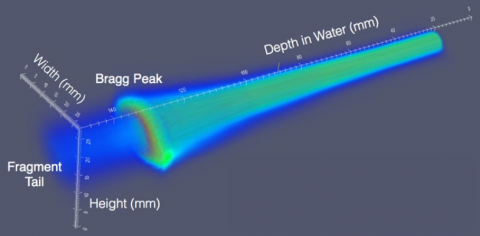Success stories
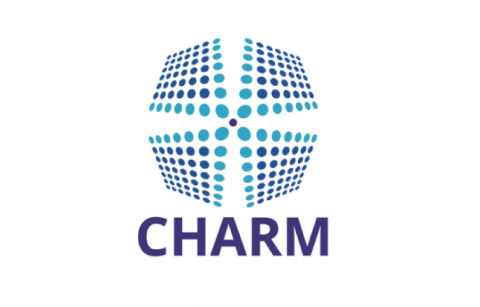
A commercial agreement was established with ISIS (Innovative Solutions In Space) BV, a Dutch company specialised in nanosat solutions.
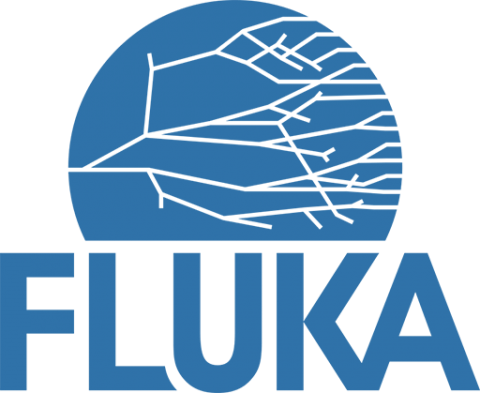
In 2016, there were eleven requests for FLUKA licences. Mainly from companies performing shielding studies, but also from some in the field of safety, inspection and auditing that requested the technology, as well as companies working in radio-protection related to dismantling activated industrial facilities.
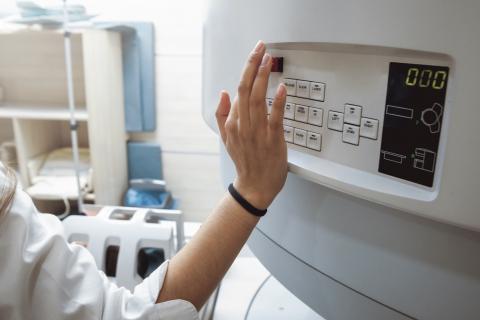
FLUKA is a particle transport and interaction simulation code, originally developed by CERN and INFN for particle physics, which finds applications in a wide range of other domains including medical.

Since 2016, CERN is part of a research project to develop a system for optimised irrigation, based on technologies developed for high-energy physics.
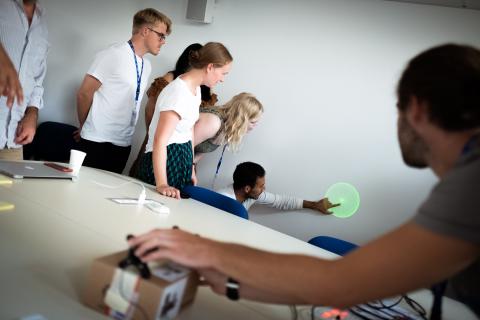
One of the Knowledge Transfer (KT) group’s priorities is to foster a culture of entrepreneurship at CERN. This is made possible throughactivities such as the Business Incubation Centre (BIC) network and programmes like the CERN Entrepreneurship Student Programme (CESP) and the NTNU and BIC screening weeks.
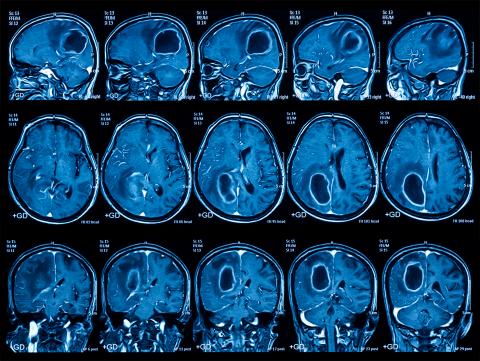
The ever-increasing magnetic fields required to achieve the desired energies in colliders like the LHC and in the Future Circular Collider, are the main drivers for developing superconducting cable technology. Two technology synergies are emerging: high-field Magnetic Resonance Imaging (MRI) and "smart" superconducting grids.

GeneROOT uses a data-processing framework developed at CERN for the high-energy physics community, to analyse large genomics datasets.

In November 2018, an ESA-led team came to CERN to test many space components with one of the most energetic radiation beams available on earth: the lead-ion beam delivered by CERN’s Super Proton Synchrotron (SPS) accelerator.

